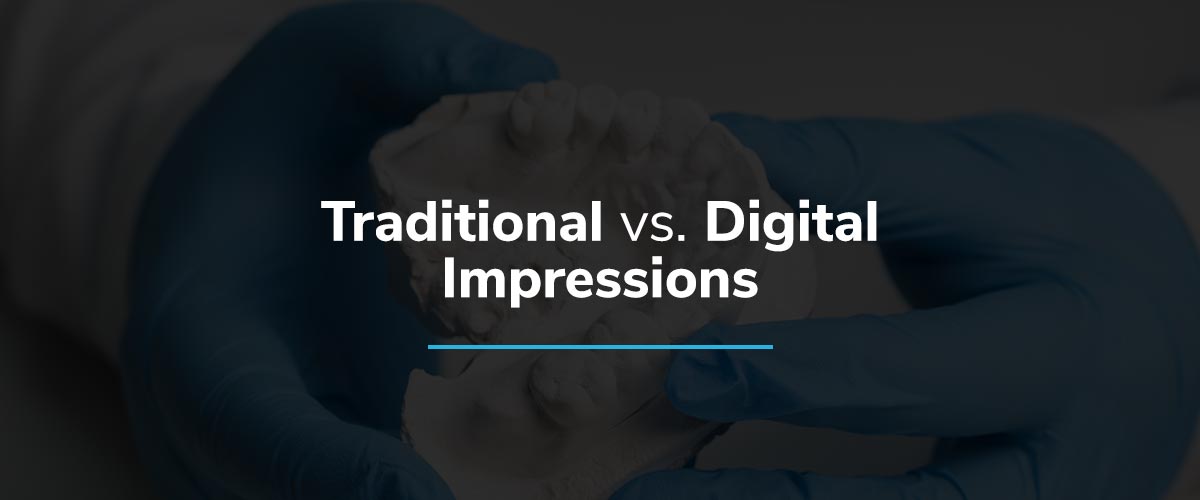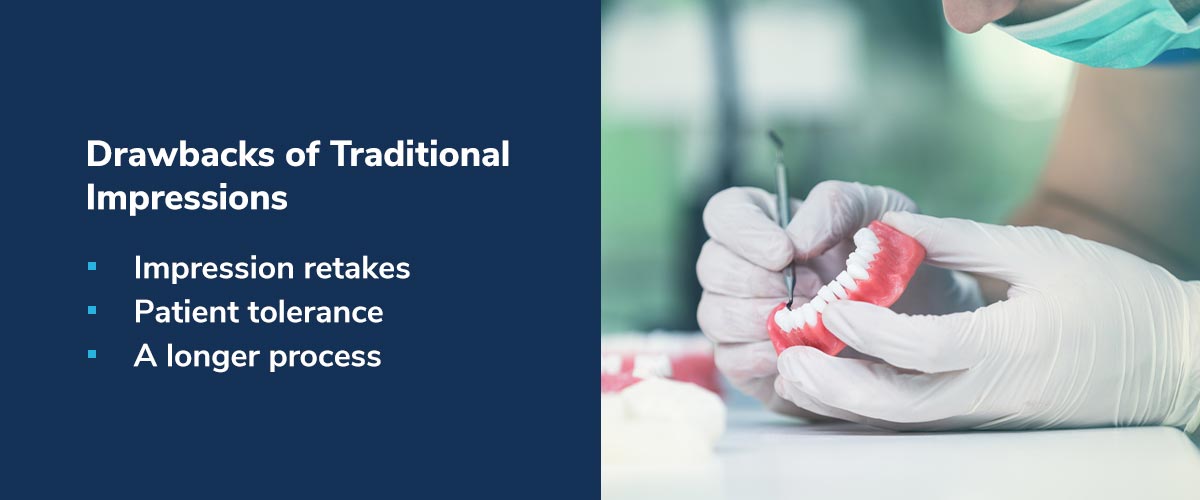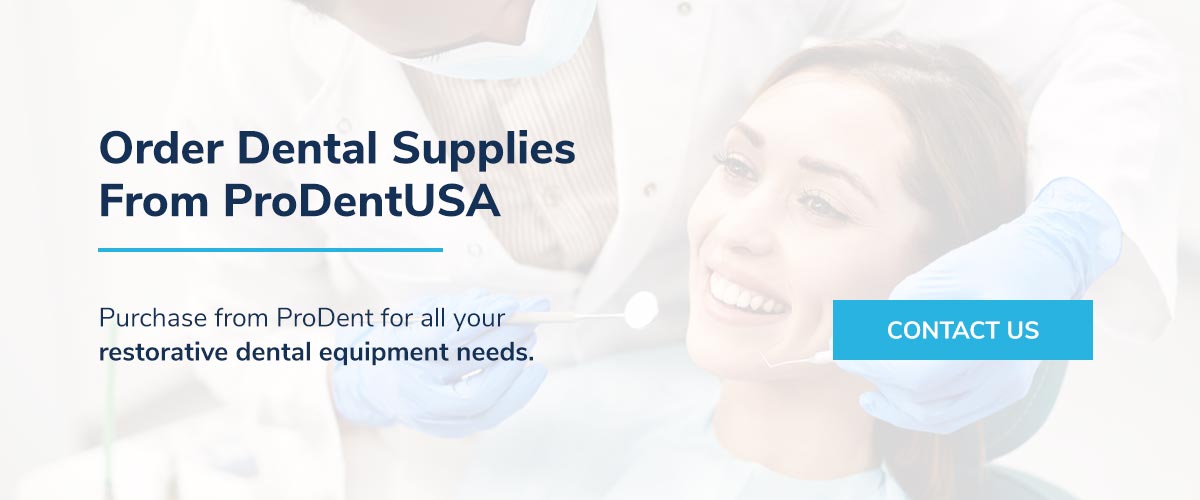Sign up for our weekly newsletter.
Shop Best Sellers and New Arrivals.
Free domestic shipping on instrument orders above $100.
Menu
- Instruments
- Angle Formers
- Burnishers
- Calipers
- Carvers
- Cement Spatulas
- Chisels
- Composite & Plastic Filling Instruments
- Crown Removers & Spreaders
- Double-Ended
- Excavators
- Forceps & Tweezers
- Gingival Cord Packers
- Gingival Retractors
- Hatchets
- Hoes
- Impression Trays
- Margin Trimmers
- Matrix Retainers
- Placement Instruments
- Plaster Knives & Nippers
- Plaster Spatulas
- Pluggers/Condensers
- Restorative Sets & Accessories
- Wax & Porcelain Carvers
- Wax Spatulas
- Waxing Instruments
- Aspirating Syringes
- Aspirators
- Bone Chisels
- Bone Files
- Bone Grafting Instruments
- Calipers
- Clamps
- Elevators
- Extraction Forceps
- Hemostats & Forceps
- Hybrid Instruments
- Implant Instruments
- Luxating Elevators
- Microsurgical Instruments
- Mouth Gags & Retractors
- Needle Holders
- Periodontal Surgical Instruments
- Periosteal Elevators
- Periotomes
- Rongeurs
- Scalpel Handles & Blades
- Scissors
- Surgical Curettes
- Surgical Sets
- Suture Forceps
- Tissue & Dressing Forceps
- Utility Forceps
- Close
- Burs
- Handpieces
- Supplies
- Close
Menu
- Instruments
- Angle Formers
- Burnishers
- Calipers
- Carvers
- Cement Spatulas
- Chisels
- Composite & Plastic Filling Instruments
- Crown Removers & Spreaders
- Double-Ended
- Excavators
- Forceps & Tweezers
- Gingival Cord Packers
- Gingival Retractors
- Hatchets
- Hoes
- Impression Trays
- Margin Trimmers
- Matrix Retainers
- Placement Instruments
- Plaster Knives & Nippers
- Plaster Spatulas
- Pluggers/Condensers
- Restorative Sets & Accessories
- Wax & Porcelain Carvers
- Wax Spatulas
- Waxing Instruments
- Aspirating Syringes
- Aspirators
- Bone Chisels
- Bone Files
- Bone Grafting Instruments
- Calipers
- Clamps
- Elevators
- Extraction Forceps
- Hemostats & Forceps
- Hybrid Instruments
- Implant Instruments
- Luxating Elevators
- Microsurgical Instruments
- Mouth Gags & Retractors
- Needle Holders
- Periodontal Surgical Instruments
- Periosteal Elevators
- Periotomes
- Rongeurs
- Scalpel Handles & Blades
- Scissors
- Surgical Curettes
- Surgical Sets
- Suture Forceps
- Tissue & Dressing Forceps
- Utility Forceps
- Close
- Burs
- Handpieces
- Supplies
- Close
Menu
- All Products
- About
- For Students
- Blog
- Instruments
- Angle Formers
- Burnishers
- Calipers
- Carvers
- Cement Spatulas
- Chisels
- Composite & Plastic Filling Instruments
- Crown Removers & Spreaders
- Double-Ended
- Excavators
- Forceps & Tweezers
- Gingival Cord Packers
- Gingival Retractors
- Hatchets
- Hoes
- Impression Trays
- Margin Trimmers
- Matrix Retainers
- Placement Instruments
- Plaster Knives & Nippers
- Plaster Spatulas
- Pluggers/Condensers
- Restorative Sets & Accessories
- Wax & Porcelain Carvers
- Wax Spatulas
- Waxing Instruments
- Aspirating Syringes
- Aspirators
- Bone Chisels
- Bone Files
- Bone Grafting Instruments
- Calipers
- Clamps
- Elevators
- Extraction Forceps
- Hemostats & Forceps
- Hybrid Instruments
- Implant Instruments
- Luxating Elevators
- Microsurgical Instruments
- Mouth Gags & Retractors
- Needle Holders
- Periodontal Surgical Instruments
- Periosteal Elevators
- Periotomes
- Rongeurs
- Scalpel Handles & Blades
- Scissors
- Surgical Curettes
- Surgical Sets
- Suture Forceps
- Tissue & Dressing Forceps
- Utility Forceps
- Close
- Burs
- Handpieces
- Supplies
- Close




